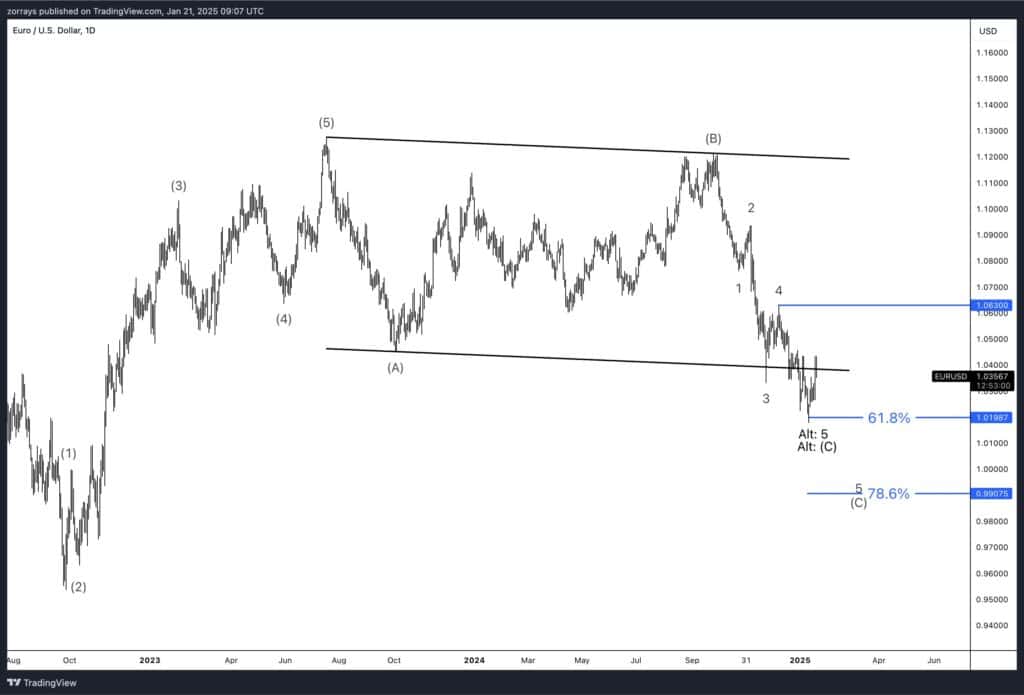
- Opening Bell
- January 21, 2025
- 3 min read
A Turbulent Start: Donald Trump’s First Day as President and Its Impact on FX Markets
The inauguration of Donald Trump as the 45th President of the United States was more than a ceremonial affair—it sent ripples across global financial markets. The foreign exchange (FX) market, in particular, experienced a rollercoaster ride of volatility on his first day in office.
The Dollar’s Early Tumble
Before the inauguration even began, the US dollar took a significant hit. Media reports suggested that Trump would hold off on imposing tariffs on his first day, a move that caught markets by surprise. Many traders, heavily positioned in favour of a strong dollar, scrambled to adjust their bets. To make matters worse, US markets were operating with thinner liquidity due to a national holiday, which likely exaggerated the dollar’s decline.
Executive Orders and Market Reactions
As expected, Trump wasted no time signing a flurry of executive orders. Key highlights included:
- Creation of the External Revenue Service: This new agency was tasked with collecting tariffs and duties, signalling a clear intent to move towards protectionist trade policies.
- Border and Energy Policies: Declaring a national emergency at the border and reversing some of Joe Biden’s green energy measures marked a stark shift in the administration’s priorities.
However, the markets were not prepared for Trump’s subsequent remarks about imposing a 25% tariff on Canada and Mexico by 1 February. This declaration reversed some of the day’s earlier currency trends. The Canadian dollar (CAD) and Mexican peso (MXN) quickly shed their gains, as the US dollar began to recover.
Broader Implications for Global Currencies
By the end of the day, the dollar index (DXY), which tracks the dollar against a basket of other currencies, remained down by about 0.7% from Friday’s close. Market sentiment suggested cautious optimism, as Trump refrained from announcing sweeping universal tariffs in one go. However, uncertainty loomed, particularly for currencies tied to Europe and China, which could be vulnerable to future tariff-related policies.
The Euro: A Mixed Outlook

The euro (EUR) saw some relief amid the day’s market turbulence, but its broader trajectory remains uncertain. Wave 5 of the (C) corrective pattern may have completed, though the main count suggests wave 5 could still be unfolding. Adding to this complex scenario, the euro recently rebounded off the 61.8% Fibonacci retracement level of the previous bull run (September to July 2023). This technical marker indicates potential support, yet the currency’s long-term prospects remain clouded by weaker macroeconomic fundamentals, casting doubt on its ability to achieve a sustained recovery above 1.050.
Lessons from Day One
Trump’s first day in office showcased the complexity of navigating market reactions under a new administration. The combination of unexpected announcements, policy reversals, and geopolitical uncertainty created an environment ripe for volatility. For traders, it was a stark reminder of the need for agility in adapting to rapidly changing political and economic landscapes.
While Trump’s presidency began with a whirlwind of activity, it set the tone for an era of unpredictability, especially in areas like trade and currency markets. How markets adapt to these changes will depend largely on the administration’s ability to balance bold policy moves with economic stability.





